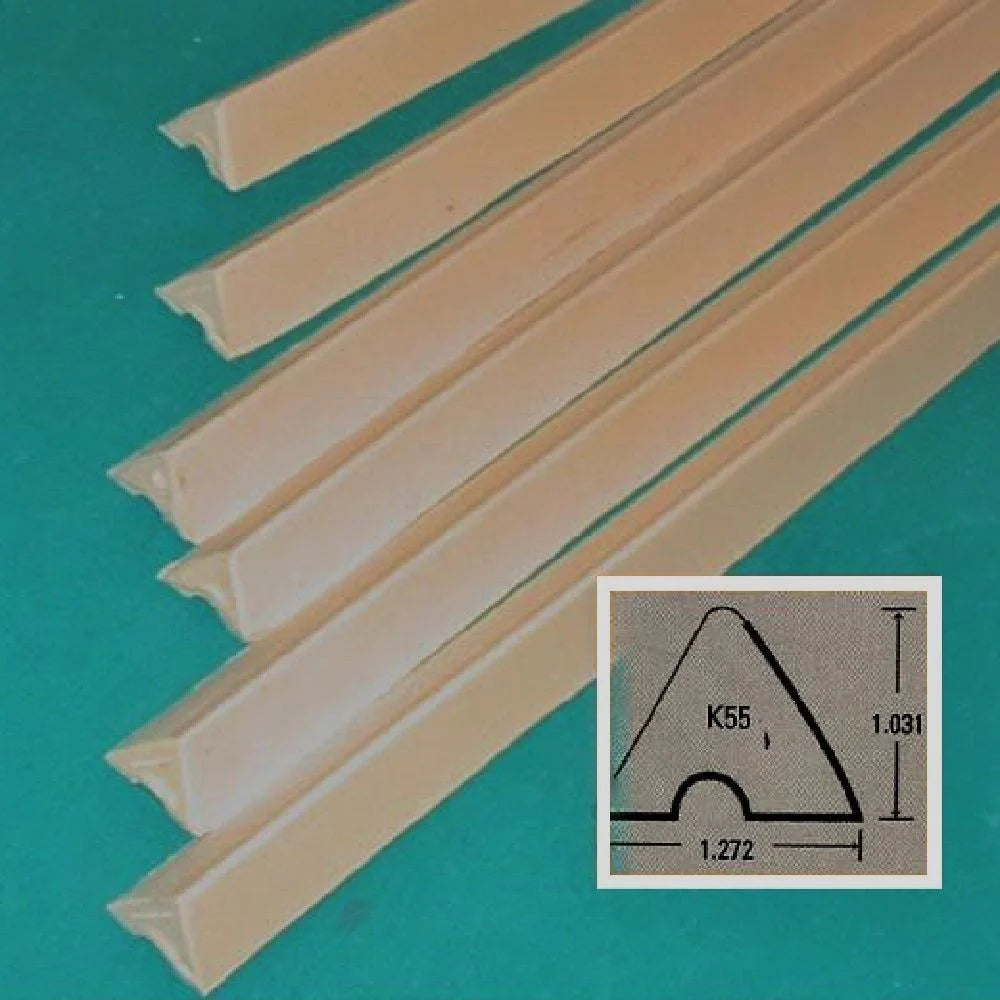Transporting a pool table without causing any damage is a task that requires careful planning and execution. Whether you're a pool table owner looking to relocate or a moving company specializing in billiards, understanding how to move a pool table safely is essential. In this ultimate guide, we will share expert pool table moving tips that cater to both DIY movers and professional services, ensuring a smooth and scratch-free process. From disassembly techniques to protective measures, our comprehensive approach to pool table transportation will instill trust and satisfaction, making your relocation experience seamless and reliable. Join us as we explore the best practices for safely moving your prized possession, ensuring it remains in perfect condition for your next game.
Preparing to Move Your Pool Table
Gathering Necessary Tools
To successfully transport a pool table without damage, gather the right tools before starting the move. Essential items include a drill, socket wrench, flathead screwdriver, and measuring tape. These tools will assist in disassembling the table efficiently, ensuring each component is handled safely. Additionally, keep a set of moving blankets or furniture pads ready to protect the table surfaces from scratches during transit.
It’s also wise to have a staple remover for the felt, as this delicate material requires special care. Labeling supplies, such as markers and bags, are crucial for organizing screws and small parts, preventing loss or confusion during reassembly. Having the right equipment on hand simplifies the process and minimizes the risk of damage. With these tools, you're well-prepared to begin the pool table transportation journey.

Disassembling the Pool Table
Disassembling the pool table correctly is crucial for a safe move. Begin by removing the pockets using a screwdriver to detach the screws or staples. Carefully set aside all screws and small parts in labeled bags to avoid losing them. Next, detach the rails by unscrewing them from the frame. It’s important to work methodically, ensuring each piece is handled gently to prevent damage.
Once the rails are removed, focus on the felt. If you plan to reuse it, delicately remove the staples with a staple remover, keeping the felt intact. Finally, detach the slate, which is often the heaviest part. Use a drill to unscrew it from the table frame. Enlist help to lift the slate, as it requires multiple people to handle it safely.
Proper disassembly minimizes risks and facilitates a smoother reassembly process later on, ensuring your pool table remains in excellent condition.
Protecting and Packaging Components
After disassembling your pool table, protecting each component during transport is vital to prevent damage. Start by wrapping the slate pieces in moving blankets or furniture pads, securing them tightly with packing tape to cushion them against impacts. This step is essential since the slate is both heavy and fragile.
For the wooden parts such as the rails and legs, use additional padding to shield them from scratches and dents. Consider using corner protectors for extra safety. The pockets and smaller parts, including screws and bolts, should be placed in labeled bags. Store these bags in a separate box to keep them organized.
Finally, roll the felt carefully and store it in a protective sleeve or bag if you plan to reuse it. By methodically packaging each part, you ensure that your pool table components remain intact throughout the move, guaranteeing a successful reassembly without any surprises.










